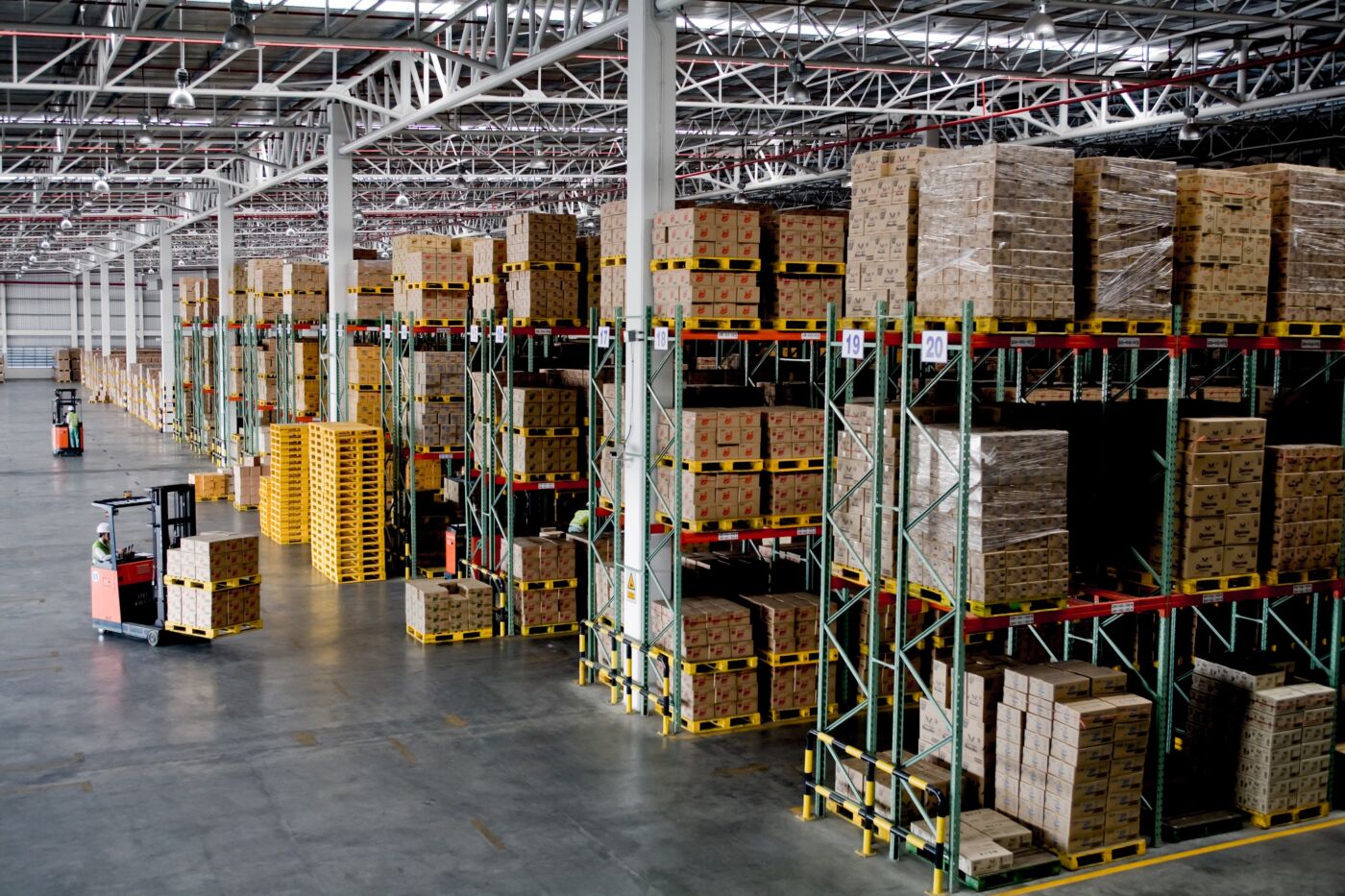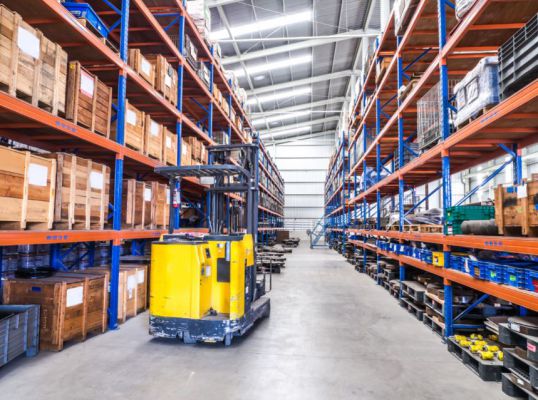Generally speaking, maintenance is expensive. In the wind industry, however, it is notably so. Between 20 and 25 percent of the levelized cost of energy (LCOE) of wind turbines is related to operation and maintenance (O&M). One of the biggest factors is downtime, which occurs when the turbine is idle for maintenance and not producing any power. To help mitigate this downtime, operators need to be prepared in the event of an emergency and have any necessary spare parts on hand.
However, operators cannot simply accumulate a basic stock of spares. Individual components of a wind turbine – especially in critical equipment such as gearboxes or generators – are expensive. On top of that, they need to be stored somewhere. Parts are space-intensive and normally require insurance – which can ramp up costs. In addition, some components have to be stored in a special way. Lubricants and seals, for example, shouldn’t be exposed to moisture. If not stored properly, spare parts could wear out before they can even be installed.
So, if stockpiling and storing all components en masse is not an option, what can operators do to respond quickly in the event of an unexpected failure?
No alarms and no surprises
The answer is to optimize inventory with a reimagined spare parts management system. Keeping storage costs down without risking a lack of quickly available parts is key. This can be a difficult task for operators, so it often pays to involve experts who are well-equipped to support in this area. Take SKF, for example.
SKF’s spare parts management and optimization process overviews the status of your current asset management from a spares-consumption point of view. Here, we offer an insight into the process:
1. Classification
Specialists examine the operators’ individual operating equipment and determine how many parts of which component should be kept in stock. They then classify them into one of three groups based on importance and replacement frequency:
- Consumable: Less critical components with a shorter lifespan, such as lubricants and seals
- Operational: Parts whose failure have more serious consequences, such as couplings and electric motors
- Critical: Expensive and machine-critical components, such as gearboxes, whose failure results in a complete turbine shutdown
Classifying parts in this way enables operators’ quick and informed decision-making when maintenance is necessary, without having to consult an expert.
2. Inventory
Another area that experts can improve is inventory management. It’s possible that employees name parts differently when sorting them, which can mean components are recorded multiple times or miscounted. Digital inventory management software which consistently identifies and names items can help circumvent this problem – and prevent data chaos.
3. Root cause analysis
However, specialists don’t just look at where there are too many or too few parts. They analyze faulty processes and get to the root of the problem. For example, they can analyze why some parts are replaced more frequently than others. As a result, operators reduce their needs and the size of their stockpile.
Forward thinking
Inventory optimization and spare parts management are the first step, but operators need to think long term. That’s where predictive maintenance and condition monitoring come in. These systems rely on adaptive AI to continually monitor the wind turbine and compare current readings with normal operating conditions. This allows the system to warn of potential faults in advance and announce upcoming maintenance with sufficient notice – enabling operators to plan repairs without worry and save on costs.



